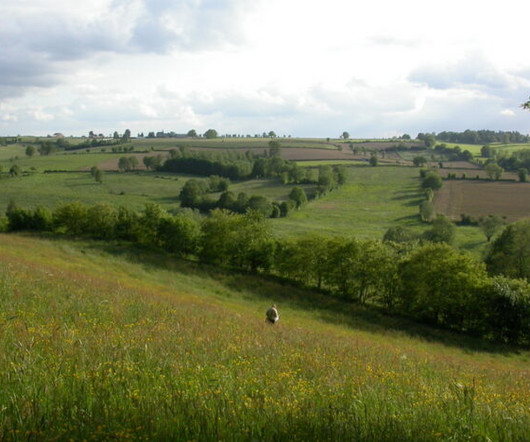When Not Farming is the Best Use of Land
Modern Farmer
JANUARY 19, 2024
“Our biggest criticism of CRP,” says Anne Schechinger, mid-west director for EWG, “is that, as it is currently set up, it is not doing enough to store carbon in soil or reduce greenhouse gas emissions.” Agriculture is responsible for 10 percent of greenhouse gas emissions in the US. In the long run, though, costs are reduced.











Let's personalize your content